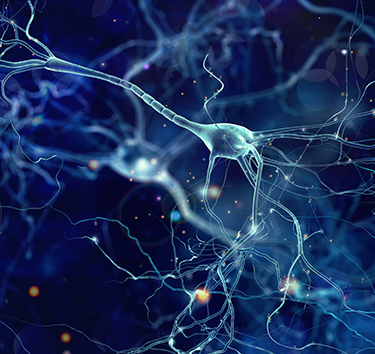Impact of a telerehabilitation physical activity intervention on fatigue levels for people with Guillain-Barré Syndrome:
Dr. Suzie Mudge and her team are investigating whether patients with residual fatigue following GBS could benefit from a supervised exercise programme. From May to July, the protocol was created and forms related to the intervention and research processes were prepared. This involved meeting with our advisory group (people who have had GBS and physios) to get their feedback. We used their feedback to refine our processes but particularly our wording in some of the documents that we share with participants. This was a very helpful process. Ethical approval was obtained from the Health and Disability Ethics Committee in mid-August and from AUT in late October. Recruitment of participants has now begun. As of Dec 1, 5 people have been screened, 4 of whom have entered the study as participants. Two other potential participants who have previously expressed interest are in the process of following up. A total of 10 participants are being sought. Anyone interested in participating or hearing more about the study, please contact Greta Smith for more information (greta.smith@aut.ac.nz).

